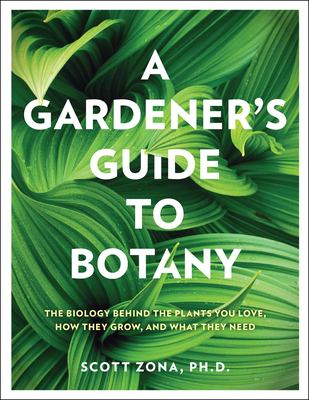How Do You Attract Bees to Your Garden: The Ultimate Guide
Guide or Summary:Creating a Bee-Friendly EnvironmentUnderstanding the Attraction FactorsPlanting the Right FlowersProviding Water and ShelterChoosing the Ri……
Guide or Summary:
- Creating a Bee-Friendly Environment
- Understanding the Attraction Factors
- Planting the Right Flowers
- Providing Water and Shelter
- Choosing the Right Soil and Fertilizer
- Encouraging Natural Predators
- Monitoring and Maintaining Your Garden
Creating a Bee-Friendly Environment
Welcome to the enchanting world of pollinators and the essential role bees play in our ecosystem. As gardeners, we often overlook the vital work bees do, but by creating a bee-friendly haven in our backyards, we can help ensure their survival and thrive. In this comprehensive guide, we'll explore the myriad ways to attract bees to your garden, ensuring a blossoming relationship between you and these tiny, yet indispensable, insects.
Understanding the Attraction Factors
Before we dive into the strategies, let's first understand what bees are attracted to. Bees are primarily drawn to plants that offer nectar and pollen, which are their primary food sources. They also prefer plants with a variety of flower shapes and colors, as these provide different nectar and pollen types. Additionally, bees are attracted to plants that bloom at different times of the year, ensuring a continuous food supply.
Planting the Right Flowers
To create a bee-friendly garden, start by planting a diverse array of flowers that bloom throughout the seasons. Some of the best options for attracting bees include:

- Lavender: Lavender flowers produce a rich nectar that bees adore. Plus, their long blooming season provides a consistent food source.
- Sunflowers: Sunflowers are not only visually stunning but also produce a substantial amount of nectar, making them a favorite among bees.
- Clover: Clover is a legume that provides both nectar and pollen, making it an excellent choice for attracting bees.
- Coneflowers: Also known as echinacea, these flowers are prized for their abundant nectar and striking appearance.

Providing Water and Shelter
Bees need more than just food; they also require water and shelter. By providing these essentials, you can create a welcoming environment for bees in your garden. Consider adding a shallow water source, like a birdbath or a small stone dish, filled with clean water. Additionally, create sheltered areas with dense shrubs or small trees, which provide protection from the elements and predators.
Choosing the Right Soil and Fertilizer
The soil in your garden plays a crucial role in attracting bees. Healthy, fertile soil rich in organic matter provides the necessary nutrients for your plants to thrive, which in turn attracts bees. Avoid using chemical fertilizers, as they can harm bees and other pollinators. Instead, opt for natural fertilizers like compost or well-rotted manure, which promote healthy plant growth and attract bees.
Encouraging Natural Predators
Bees are not the only pollinators in your garden; they share the space with other insects, birds, and mammals. By encouraging these natural predators, you can create a balanced ecosystem that benefits bees and other wildlife. Planting native plants that attract birds and other pollinators can help create a diverse and thriving garden.
Monitoring and Maintaining Your Garden
Finally, it's essential to monitor and maintain your bee-friendly garden regularly. Keep an eye out for any signs of pests or diseases that could harm your plants and attract unwanted insects. Remove any weeds or invasive plants that compete with your native flowers for resources. Additionally, consider using natural pest control methods, such as neem oil or insecticidal soap, to keep your garden healthy and bee-friendly.

In conclusion, attracting bees to your garden is not only beneficial for the environment but also for your garden's overall health and productivity. By creating a bee-friendly environment with the right flowers, water, shelter, and soil, you can ensure a thriving population of bees in your garden. Remember to monitor and maintain your garden regularly to keep it healthy and welcoming to these essential pollinators. With a little effort and care, you can create a garden that's not just beautiful but also vital for the ecosystem.